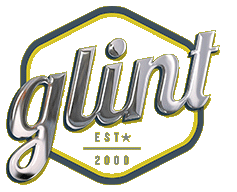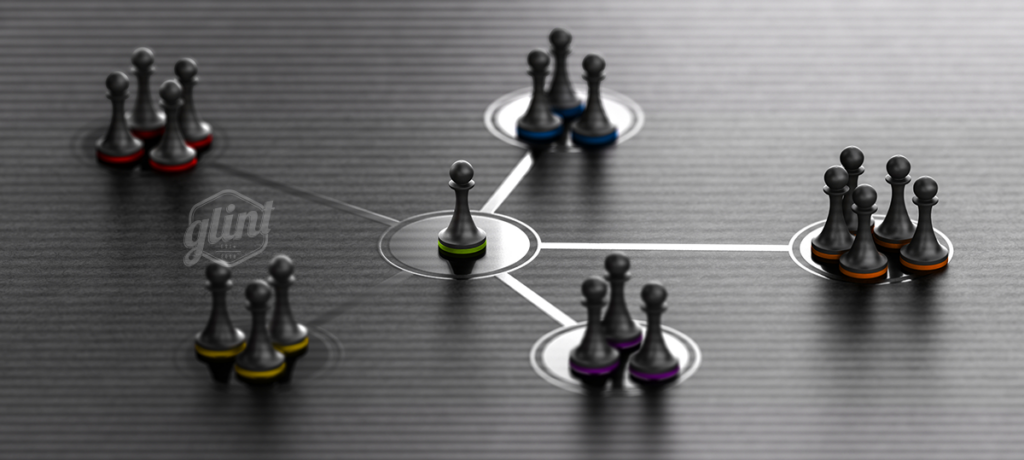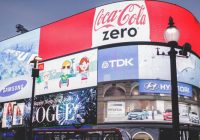A basic advertisement involves a lot of strategy and thought, as well as more planning than one may assume. From the color scheme and visuals to the actual words used, each component of an ad is designed to appeal to the consumer in a unique way. Every aspect is specifically designed using basic principles of psychology to generate a desired reaction or response. While there are many potential psychological elements to incorporate, the use of emotions, persuasion and authority, memories, and colors are a few of the more common ones.
Emotions
Advertising often plays to consumers’ emotions. Fear, love, pleasure or vanity can be powerful drivers of consumer desires and response. Each of these emotions can be manipulated and used in a different way to affect behavior:
- Fear is a very powerful emotion and can be a robust motivator. Fear is a primal instinct, and nothing makes people more uncomfortable than fear. Advertising can use fear tactics to create an uncomfortable position or situation, then provide a solution manifested through a given product or service. One approach where fear is used is “the fear of missing out.” This approach can be identified by phrases such as “one day only,” “limited time only,” “only a few left.” These “calls to action” emphasize that time is critical, and consumers need to act fast or they won’t get to participate. Fear is also commonly used in medical and health advertisements, convincing consumers they need to use the drug or service being offered, or face the ultimate fear of severe medical issues or even death.
- Advertisements utilizing fun and pleasure show consumers having a good time and enjoying themselves, all made possible by a given product or service. The individuals in the ad are having fun, and the consumer is led to believe that they too will have a good time, but only if they purchase the product or service. Fun and pleasure are often used in advertising for beer, theme parks, cigarettes and specific types of automobiles.
- Ads that feature love target consumers who want to provide for and take care of loved ones. Like fear, love is a very powerful and primal emotion that can drive strong consumer behavior. These ads tap into a core desire to provide only the best for those in our lives we most care about, and the products being advertised are necessary to meet that need. Subjects of these ads are typically families, pets, newborns and mothers, or happy couples. Pampers, Johnson and Johnson, jewelry stores and pet stores are just a few brands and industries that use love.
- Advertisements focused on vanity appeal to the consumer’s sense of well-being, pride, importance and relevance. Themes such as “the latest and greatest,” “you deserve,” new fashion trends and luxury drive this advertising. Society places significant importance on appearance and status, and by leveraging these themes advertising will drive awareness, interest and action for advertised brands. Industries that often use vanity include fashion, personal appearance, luxury goods, cars and more.
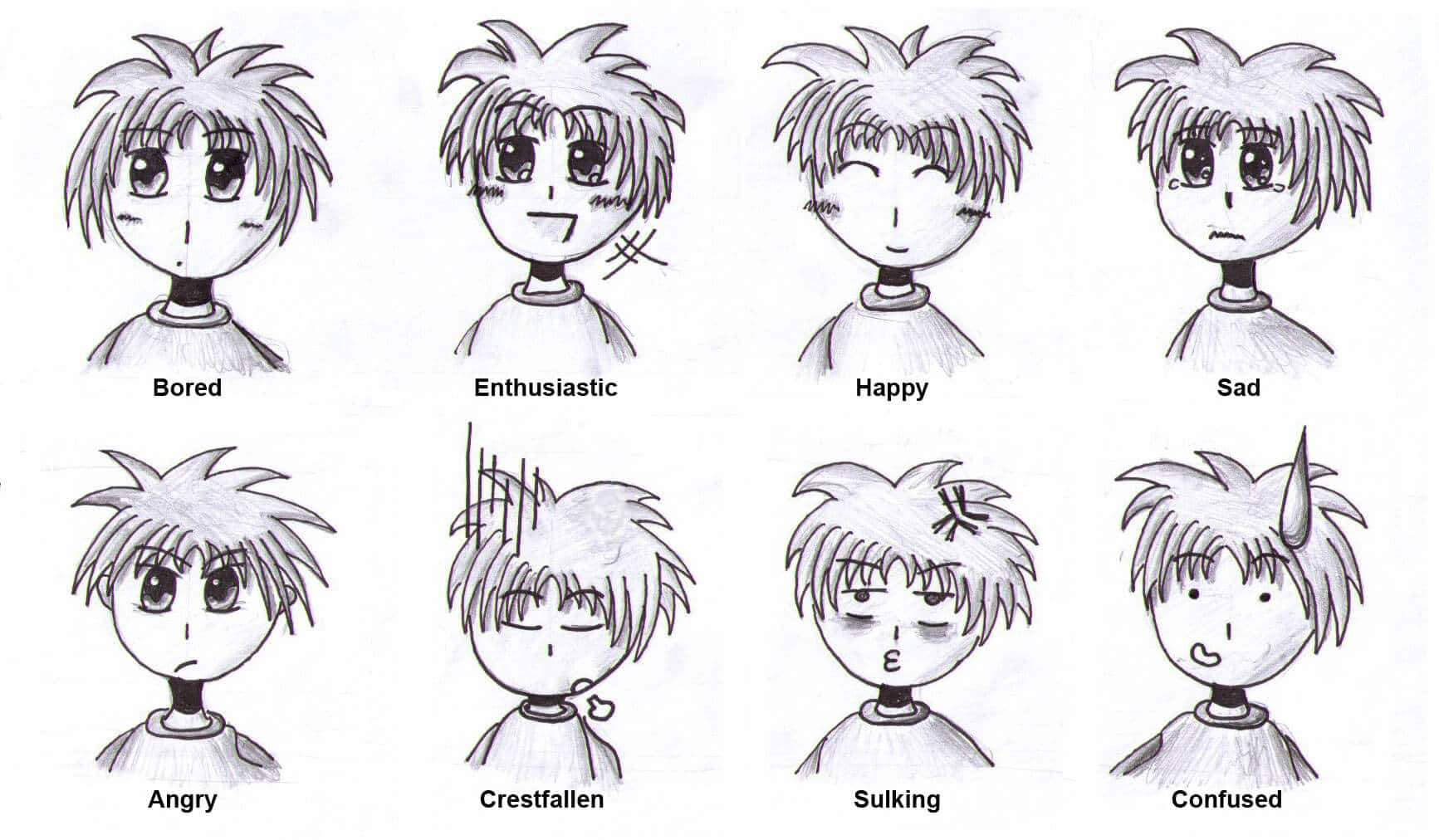
Persuasion and Authority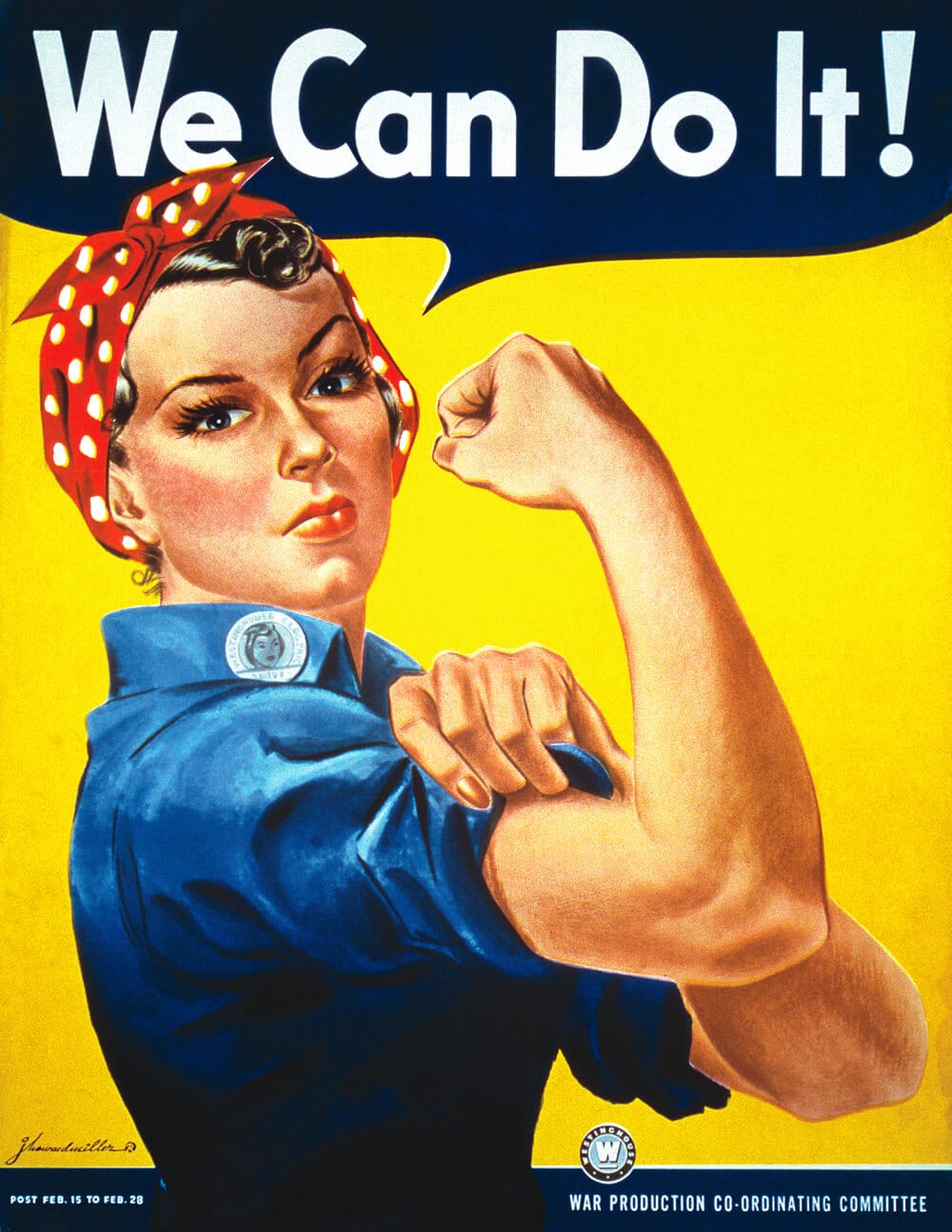
One of the best ways to persuade someone to action is to gain their trust or provide irrefutable logic. Advertising also uses these two basic principles to drive consumer purchase behavior. One of the most common ways advertising uses persuasion is through celebrity endorsement. Many consumers have a big (albeit often irrational) affinity for celebrities and give them implicit trust. Consumers feel they know these celebrities and believe if a product or service is good enough for the celebrity, then it is good enough for them. Celebrities can provide instant credibility for a product or service, often beyond what a “traditional” advertising program can provide.
An additional way persuasion and authority can be used is through irrefutable logic from the power of an authority or even a “trusted” peer. “Experts” in a given field, or representations of a given consumer group, will be cited as a reason a consumer should trust or buy a product. Ads will use phrases like “9-out-of-10 doctors recommend”, “4 out of 5 dentists suggest”, or even “3 out of 4 moms trust” to drive consumer purchase behavior. Through irrefutable logic from an “expert”, consumers will trust the product and brand and increase their purchase intent.
Memories
Psychologists tell us memories change each time they are recalled, and the original story is altered just a little, thus becoming a new reality. Memories are thought to be a strong source of information, which they are, but just not always reflecting the true reality for which the memory is attached. Either way, memories are all we have of the past if we don’t have a recording of actual events. Advertising can leverage this biological gap to create affinity and intent. Every time a consumer recalls an ad it is an opportunity for a brand or product to create a new, happy or positive memory. By engaging in ongoing communications and advertising, companies can capitalize on recency to create and reinforce positive brand and product memories, potentially even crowding out past transgressions.
To illustrate the malleability of memories, Disney conducted an ad test with people who had visited one of their theme parks but did not actively recall meeting a character during the visit. After showing a test-group various commercials of the sites and sounds or the Disney Parks, including meeting Mickey, a staggering 90% of respondents recalled that they either remembered meeting Mickey or were confident that it might have happened.
Color
Colors illicit strong, and sometimes conflicting, emotions. Some evoke passion, mystery, and coldness while others convey happiness, trust or peace. Every color has a different purpose within an advertisement to control the emotion and perception of the ad, and thus the effectiveness in driving a specific reaction or action. Here are some examples of how each color can change the mood of an ad:
- Red: passion, energy, strength, love, power, determination, intensity, anger, excitement.
- Blue: depth, stability, wisdom, trust, confidence, calming.
- Blue: depth, stability, wisdom, trust, confidence, calming.
- Yellow: energy, happy, warming, attention, aggravation, joy.
- Purple: wisdom, wealth, royalty, power, luxury, magic, powerful, calming, strength.
- Green: growth, health, harmony, safety, nature, calm, refreshed.
- Orange: enthusiasm, heat, success, creativity, warmth, excitement.
- White: purity, light, clean, sterile, innocent, spacious, cold, unfriendly.
- Black: power, mystery, elegance, evil, mourning, death, confident, calm, stable, mysterious.
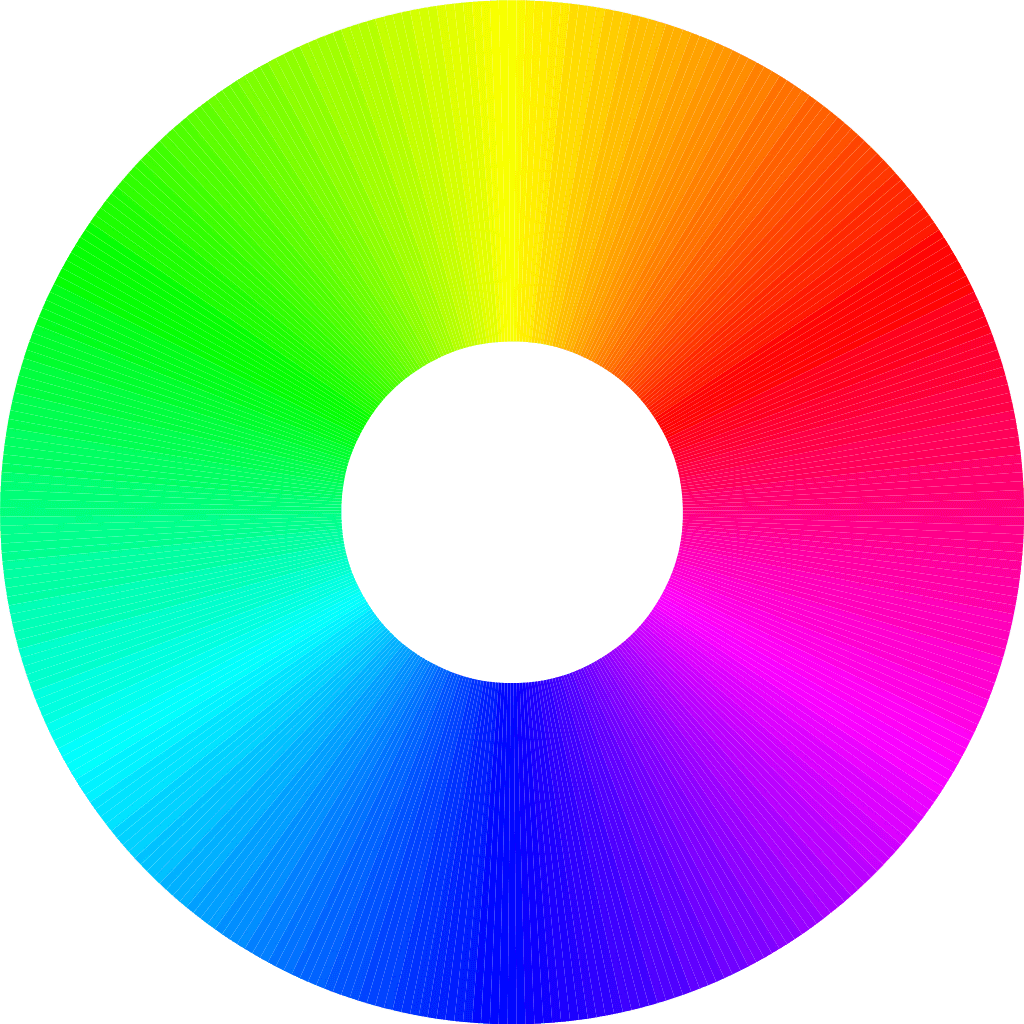
Psychology plays a large role in the overall design and success of an advertising campaign. By incorporating basic psychological principles, ads can be created to generate desired emotions and reactions, ultimately driving desired consumer behaviors. Ads can be targeted to specific demographic or psychographic groups enhancing brand recall and awareness and overall brand affinity.
Understanding the human mind and knowing how to use basic psychological principles is key to successful advertising and branding, and a big reason Glint has been successfully helping clients grow their businesses’ for almost two decades.
If you have questions about branding or how your business can build and sustain a true competitive advantage, visit us at www.glintadv.com or call 817-616-0320 to learn how Glint can help you today. From large scale real estate developments, to hospitals, retail stores and credit unions, Glint has been helping clients define, refine and hone their brand strategy and imagery for over 17 years.

